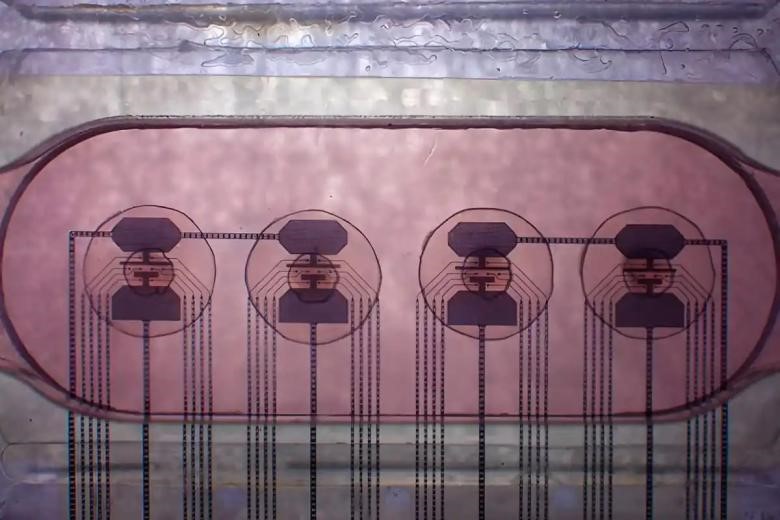In technology, every major breakthrough heralds a potential industry change. The world's first biologically living processor developed by Swiss startup FinalSpark - an organoid composed of neurons grown from human induced pluripotent stem cell (iPSC)-derived neural stem cells (NSCs) - is just such a breakthrough. This innovative technology has not only sparked widespread interest within and outside the industry, but also provides a fresh look at the future development of computing.
FinalSpark's Innovation
FinalSpark's Neuroplatform project creates an organoid capable of sending and receiving electrical signals by integrating 10,000 neurons into a half-millimeter thick block of tissue. These organoids are trained with the ability to learn and perform tasks through electrical stimulation or chemicals such as dopamine.FinalSpark claims that this bioprocessor consumes a million times less power compared to traditional digital processors.

Figure: A million times less power consumption, the world's first living biological processor is born
Industry Status and Challenges
Currently, silicon-based chips, while highly successful in terms of miniaturization and scalability, are relatively energy inefficient. As large-scale language models (e.g., GPT-3) continue to grow in size and complexity, the amount of energy required increases dramatically. finalSpark's BioLive processor, if successfully deployed, is expected to dramatically reduce energy consumption, which is of great significance to environmental protection and sustainable development.
Technical Advantages and Limitations
FinalSpark's bioprocessor has obvious advantages in terms of energy efficiency, but its technology also has some limitations. Compared to the ultra-long lifecycle of silicon-based chips, bioprocessors have a relatively short lifespan. While the initial MEAs lasted only a few hours, through various improvements, especially in the microfluidic setup, FinalSpark has been able to extend the lifespan of organoids up to 100 days.
Market prospects and applications
FinalSpark has opened its platform to universities and research institutes, and each user pays $500 per month to use the platform for research and development. In addition, more than thirty universities have already shown interest in accessing the Neuroplatform. This shows that although the technology is still in its early stages, the market demand for its potential applications is already visible.
Conclusion
FinalSpark's BioLive Processor is undoubtedly a bold experiment in computing. It not only demonstrates the potential of biocomputing, but also provides a new direction for future technology development. However, to achieve true industry disruption, FinalSpark still needs to overcome technical limitations, extend the life of the bioprocessor, and further explore its application potential in different fields.
As depicted in the science fiction novel Three Bodies, biocomputers could be one of the next-generation computer solutions that underpin the development of technology, and FinalSpark's innovation gives us a glimpse of the possibility of this vision gradually becoming a reality. Although the road may be long and challenging, the future of biological living processors is certainly worth our anticipation and attention.






